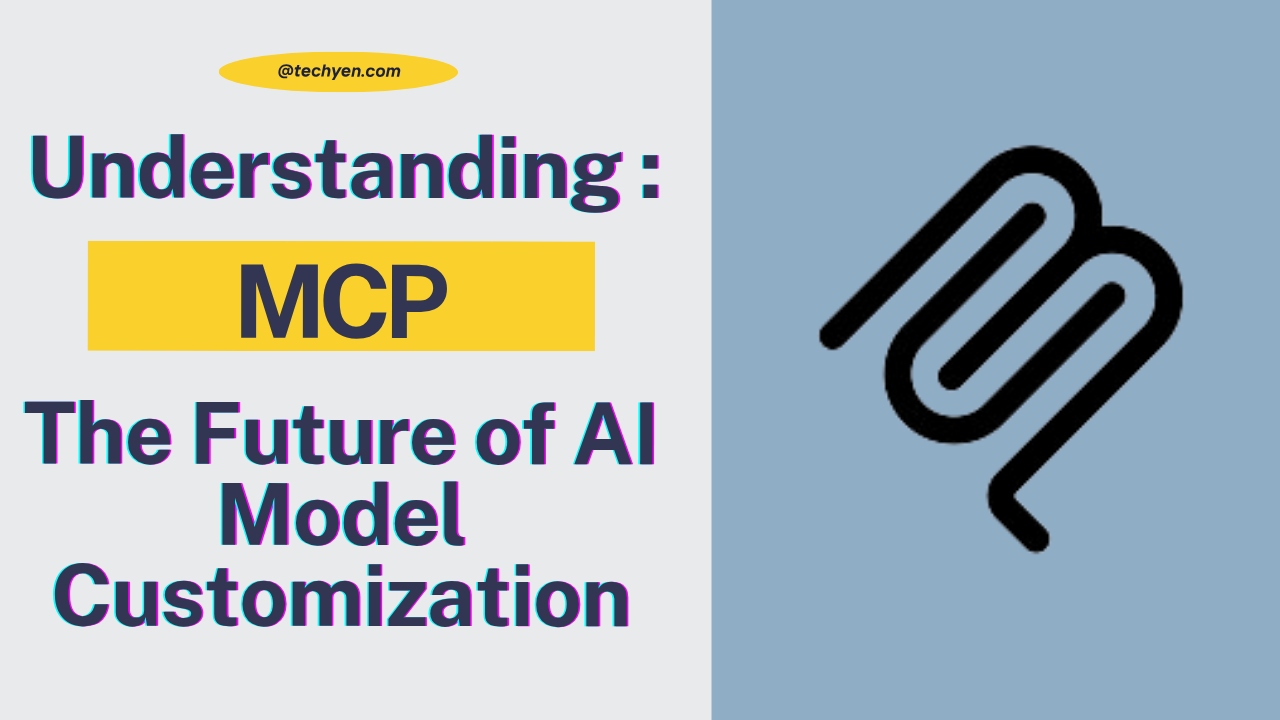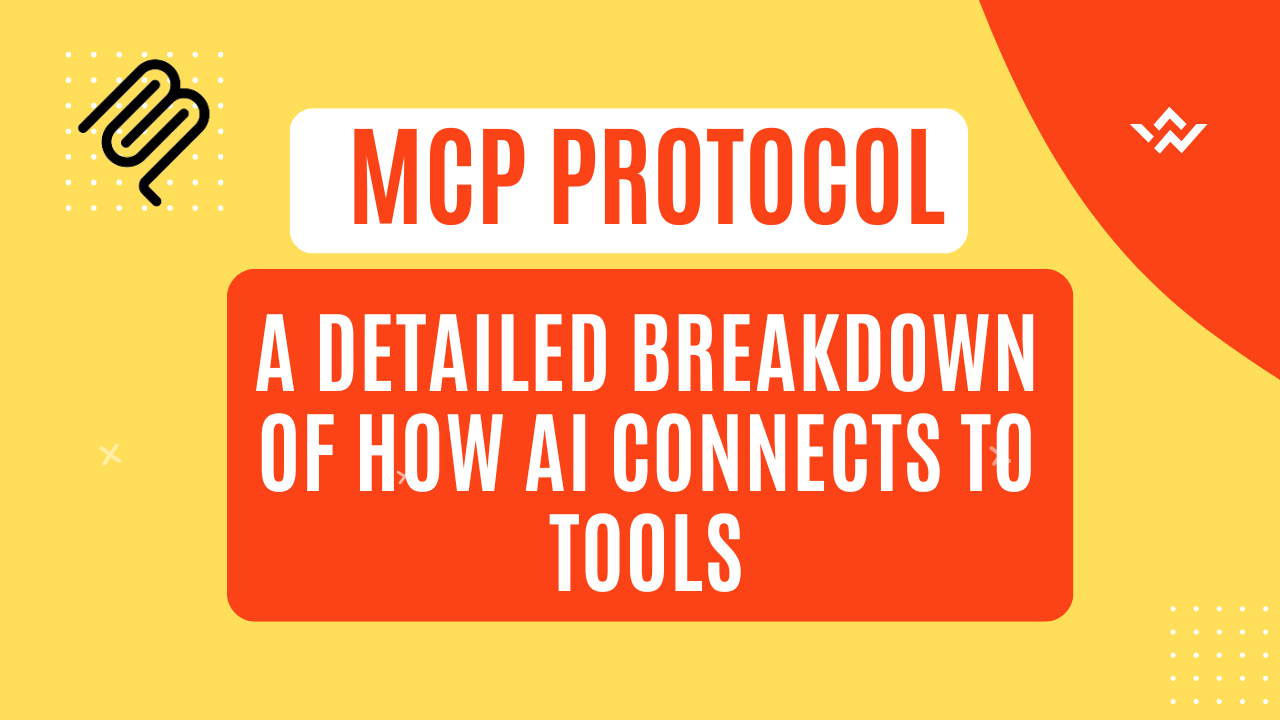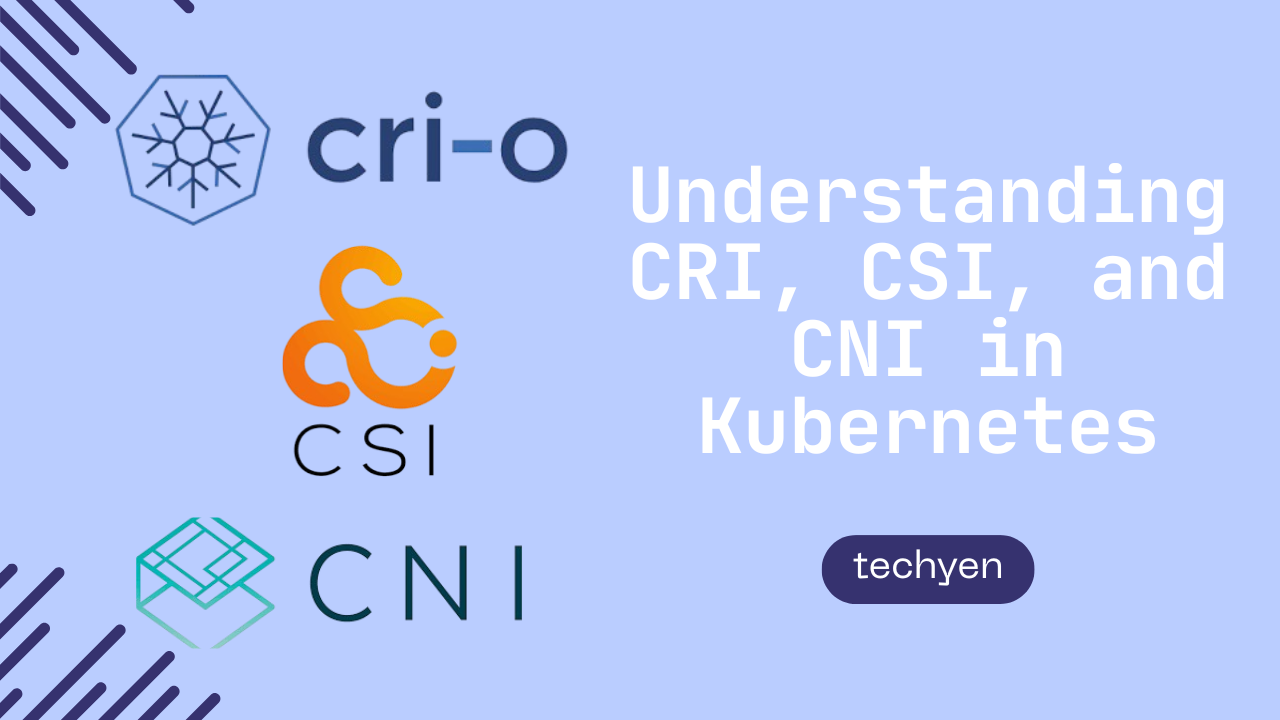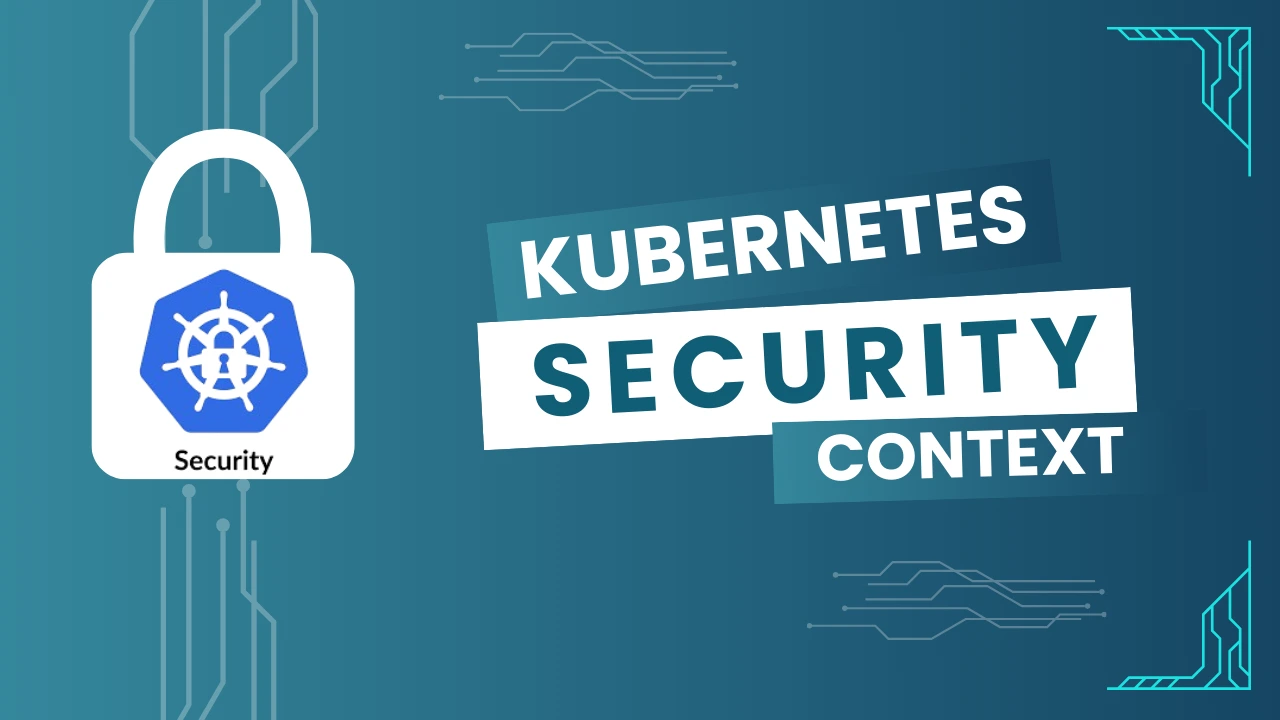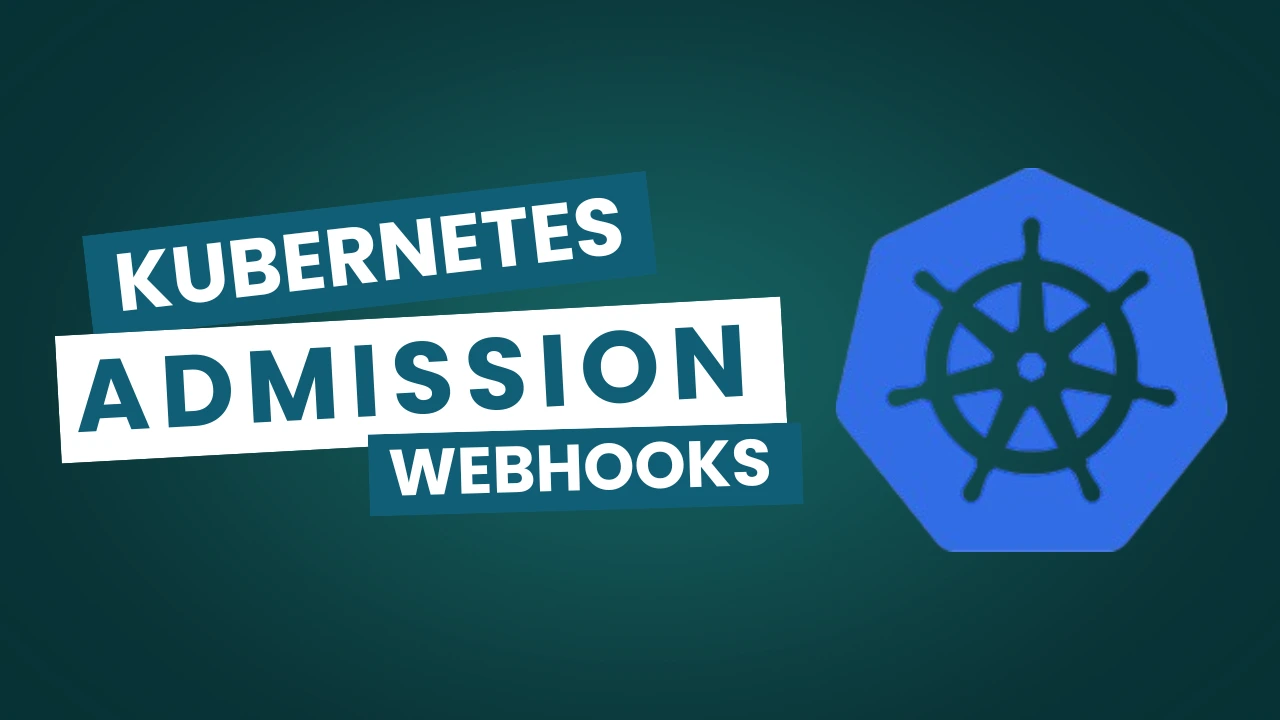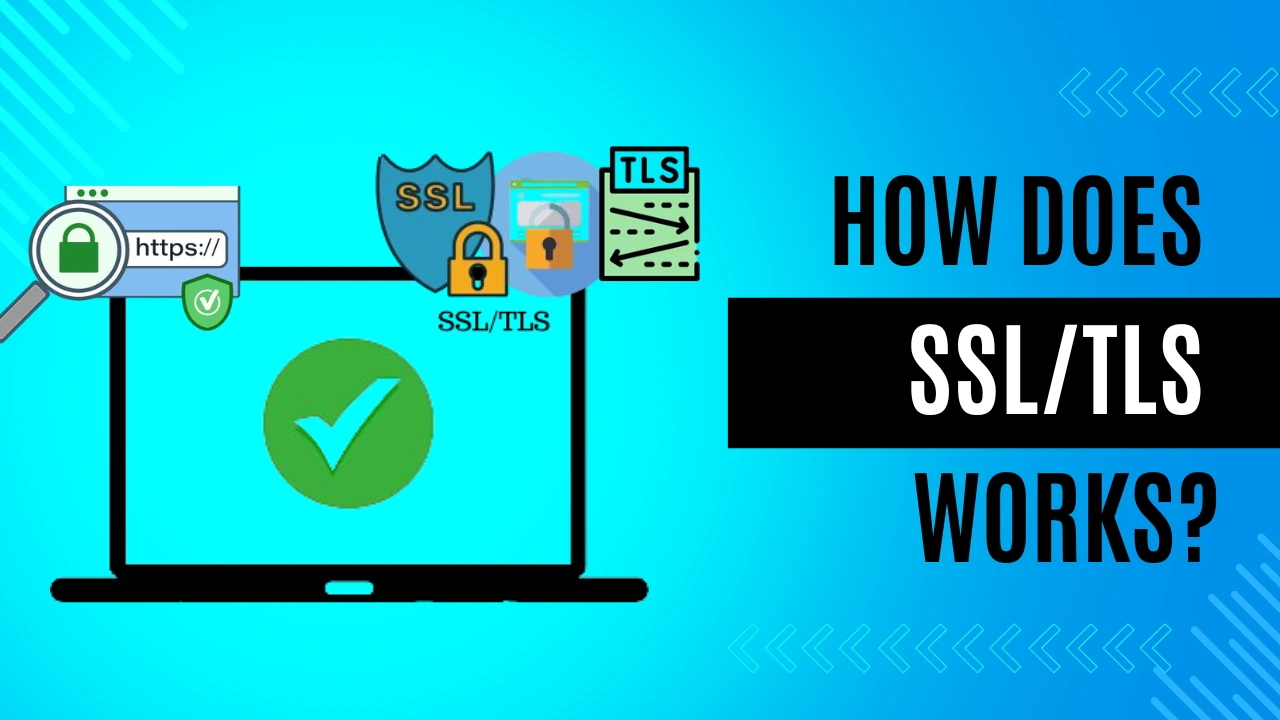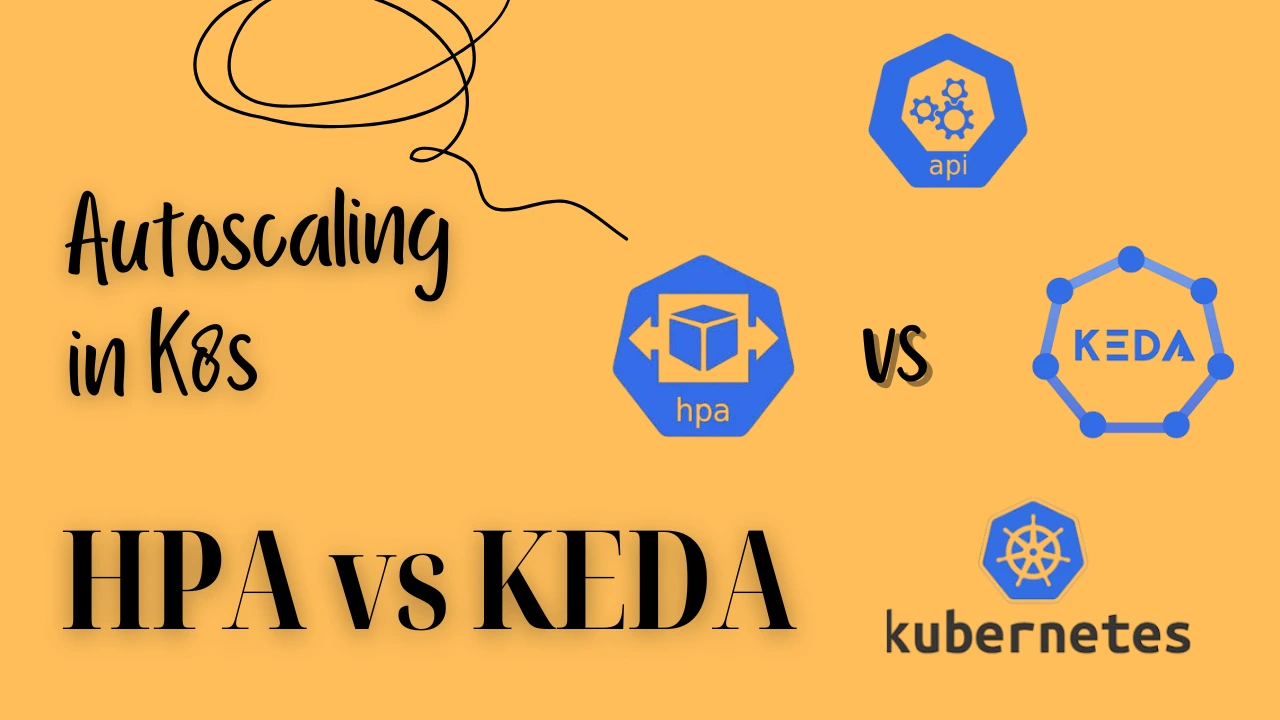🚀 What is MCP?
MCP stands for Model Context Protocol, is an open standard introduced by a company called Anthropic. In simple words, this is a new protocol designed to enable dynamic, plug-and-play customization of foundation models. MCP helps define how different servers (components) interact with a model to modify or enhance its behavior, without needing to retrain the model.
Just as USB makes it easy to connect all the hardware devices, MCP makes it easy to plug in tools, data, and logic to customize how AI models behave at runtime.
Instead of plugging in a physical device like USB, you’re plugging in contextual information or logic that alters the way the model behaves.
The idea behind this is to provide AI agents with a consistent and flexible way to connect with tools, services, and data—regardless of where they’re hosted or how they’re built.
🧠 Why Do We Need MCP?
This brings us to an important point: if models like ChatGPT and Gemini are already so advanced, what’s the need for something like MCP?
These foundation models like GPT-4 or Claude, are general-purpose and trained on a broader data. However, real-world applications need domain-specific behavior, such as:
- Legal reasoning
- Healthcare-specific language
- Company-internal policies
- Custom workflows or tools
MCP allows the capability to inject custom logic, memory, tools, or reasoning modules into these model’s decision-making process, without modifying the base model itself.
So we can consider this as a layer on top of already existing models.
🧩 Core Components of MCP
1. MCP Server (Model Server)
- The MCP server is the brain of the architecture. As mentioned, it’s usually a wrapper around a foundation model (e.g., OpenAI GPT, Claude, Mistral) that is capable of accepting additional context via MCP.
- This server doesn’t take in raw prompts rather it works with other servers to inject dynamic capabilities like tools.
- MCP servers are like toolboxes for AI models—they take a user’s request and perform the actual action behind the scenes. Here are some simple examples:
- A GitHub MCP server might turn “list all my branches for a particular repository” into a real GitHub API call.
- A Grafana MCP server could take “create a monitor for this alert”
- A Cloudflare MCP server might says “can you list all my DNS entries for xyz.com”.
- This is like an API wrapper which is used to call the api via the parameters passed thorugh MCP Client and send the responses back.
2. MCP Clients
MCP clients act as messengers between the AI model and the servers. They live inside the AI assistant or app (like Claude or Cursor) or can be used as a standalone and handle the communication.
For example:
The client takes care of:
- Sending requests to the right MCP server
- Receiving responses
- Passing those results back to the AI model
MCP Protocol?
The Model Context Protocol (MCP) is a standard communication protocol that allows AI models (or agents) to interact with external tools, services, and data sources in a modular, consistent, and structured way.
Think of it like this:
Just like HTTP is the standard protocol that helps in how our browser communicates with websites, similarly, MCP is the standard that defines how an AI model talks to tools and services outside itself.
The protocol uses JSON-RPC 2.0 messages to establish communication between:
- Hosts: LLM applications that initiate connections
- Clients: Connectors within the host application
- Servers: Services that provide context and capabilities
🚀 The Future of Modular AI Is Here
The Model Context Protocol (MCP) isn’t just another integration framework — it’s a new layer in the AI infrastructure stack. By standardizing how tools, services, and AI models communicate, MCP enables:
- Seamless plug-and-play extensibility for AI assistants
- Safer, more predictable tool usage via JSON schemas
- A protocol that works across local and remote environments
- A decoupled architecture that scales as models and tools evolve
Whether building an AI assistant, integrating custom tools with Claude Desktop or any agent, or simply wanting to expose your app’s functionality to models, MCP gives you the language and structure to do it right.
The real beauty of MCP is that AI agents no longer need hardcoded knowledge about tools. They can discover, understand, and use them dynamically.
I’m a DevOps Engineer with 3 years of experience, passionate about building scalable and automated infrastructure. I write about Kubernetes, cloud automation, cost optimization, and DevOps tooling, aiming to simplify complex concepts with real-world insights. Outside of work, I enjoy exploring new DevOps tools, reading tech blogs, and play badminton.
Subscribe to our Newsletter
Please susbscribe
